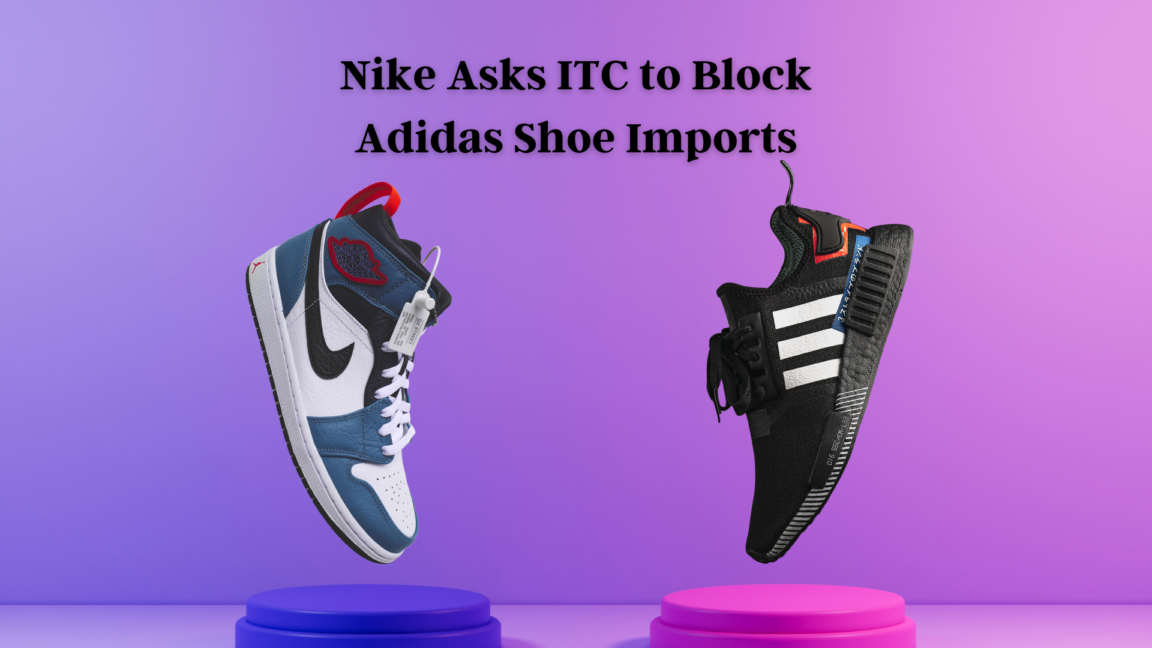
By: Warren Conway
Clash of Fashion Giants
Within the athletic fashion world there are few names that are bigger than Nike and Adidas. With both fashion giants jockeying for the top spot in the athletic fashion world there is no doubt that there will be plenty of legal squabbles along the way. The latest legal battle between the companies revolves around Nike’s patented Flyknit® design technology.
Nike’s Flyknit technology is essentially a material made of a strong yet lightweight strands of yarn that have been woven into a one-piece upper, securing an athlete’s foot to the shoe platform¹.The yarn is made of recycled and reclaimed materials to create a sock-like fit. Nike claims that this technology is the result of $100 million and a decade of research. Nike’s Flyknit shoes have been worn by high profile athletes such as Lebron James and Cristiano Ronaldo.
IPR and PTAB
In a recent lawsuit, Nike alleges that Adidas Primeknit® shoes infringed on several of its patents that encompass various elements of Nike’s Flyknit design². As a remedy, Nike sought an unspecified amount of damages and requested that any award be tripled for willful infringement. In response, Adidas attempted to invalidate Nike’s claims using the inter partes review process (IPR) at The U.S. Patent Trial and Appeal Board (PTAB)³. After some deliberation, the PTAB sided with Nike and upheld the validity of Nike’s claims.
Ongoing Litigation and ITC
As a part of the ongoing litigation, Nike filed a complaint with the U.S. International Trade Commission (ITC) citing Section 337. The ITC is a popular forum for companies looking to derail rivals in the world’s biggest market. The commission works more quickly than most courts, with final decisions typically in 15 to 18 months.
If Nike is successful at the ITC, it will receive a limited exclusion order and a cease and desist order against Adidas. This means that Adidas products will be blocked at the U.S. border from entering the country. Additionally, sales of products that are already in the country may additionally be halted. It is generally accepted that obtaining these types of injunctions are more difficult to obtain in Federal District Court when compared to the ITC. This is true at least in part because successfully receiving a permanent injunction from a Federal District Court requires the petitioner to satisfy the four factor test set out in eBay⁴.
Methods of IP Defense
Challenging a multi-billion dollar corporation in patent litigation may be intimidating in several aspects. Pursuing a Section 337 investigation at the ITC gives companies a powerful tool in defending their intellectual property rights in the form of an injunction which blocks the import and sale of the infringing product. Companies with vast financial resources may operate under the certain knowledge that any infringing activity they are involved in will only be punished monetarily. The threat of an injunction will be highly persuasive in driving these companies towards settlement quickly. It must be noted, that while the ITC provides an easier path to obtaining an injunction, no monetary damages can be awarded at the ITC. Thus, pursuing a Section 337 investigation at the ITC often occurs concurrently with litigation within a Federal District Court.
Persuading the opposing party to settle is typically the preferred outcome. This is true because patent litigation can be expensive and take many years to get resolved. This can put strain on any company who is attempting to protect their patent portfolio against infringers. However, there are several options for easing the financial burden for companies including litigation financing. Litigation Financing is a practice where a third party provides capital to a plaintiff involved in litigation in exchange for a portion of any financial recovery from the lawsuit. Using these tools, patent litigation can be a more accessible option for companies who lack resources.
1. https://www.nike.com/flyknit
2. U.S. Patent Nos. 9,918,511; 9,743,705; 9,907,350; 8,266,749; 7,814,598; 9,060,562; and 8,898,932
3. Adidas AG v. Nike, Inc., 963 F.3d 1355 (Fed. Cir. 2020)
4. eBay Inc. v. MercExchange, LLC, 547 U.S. 388, 391 (2006)